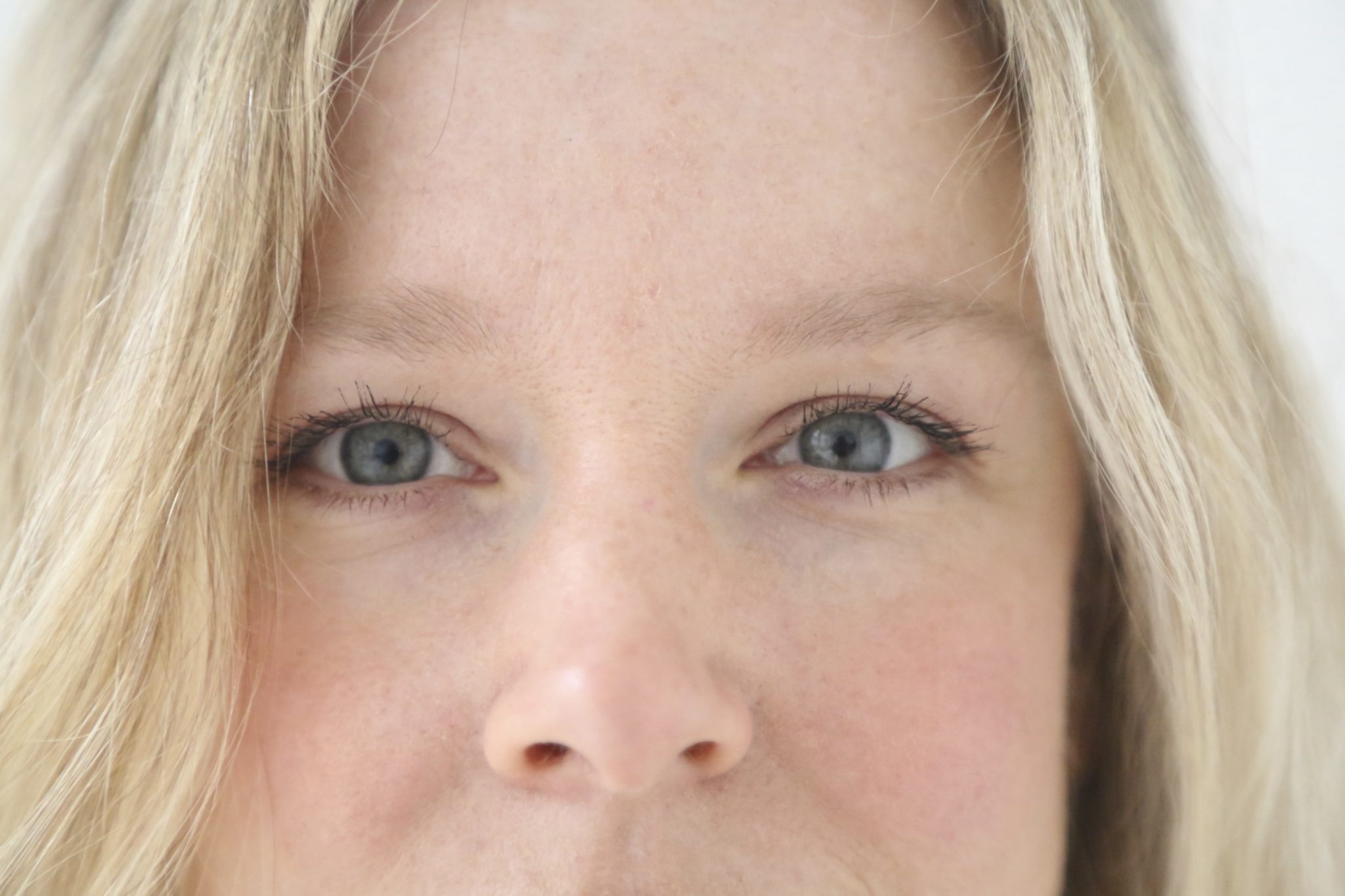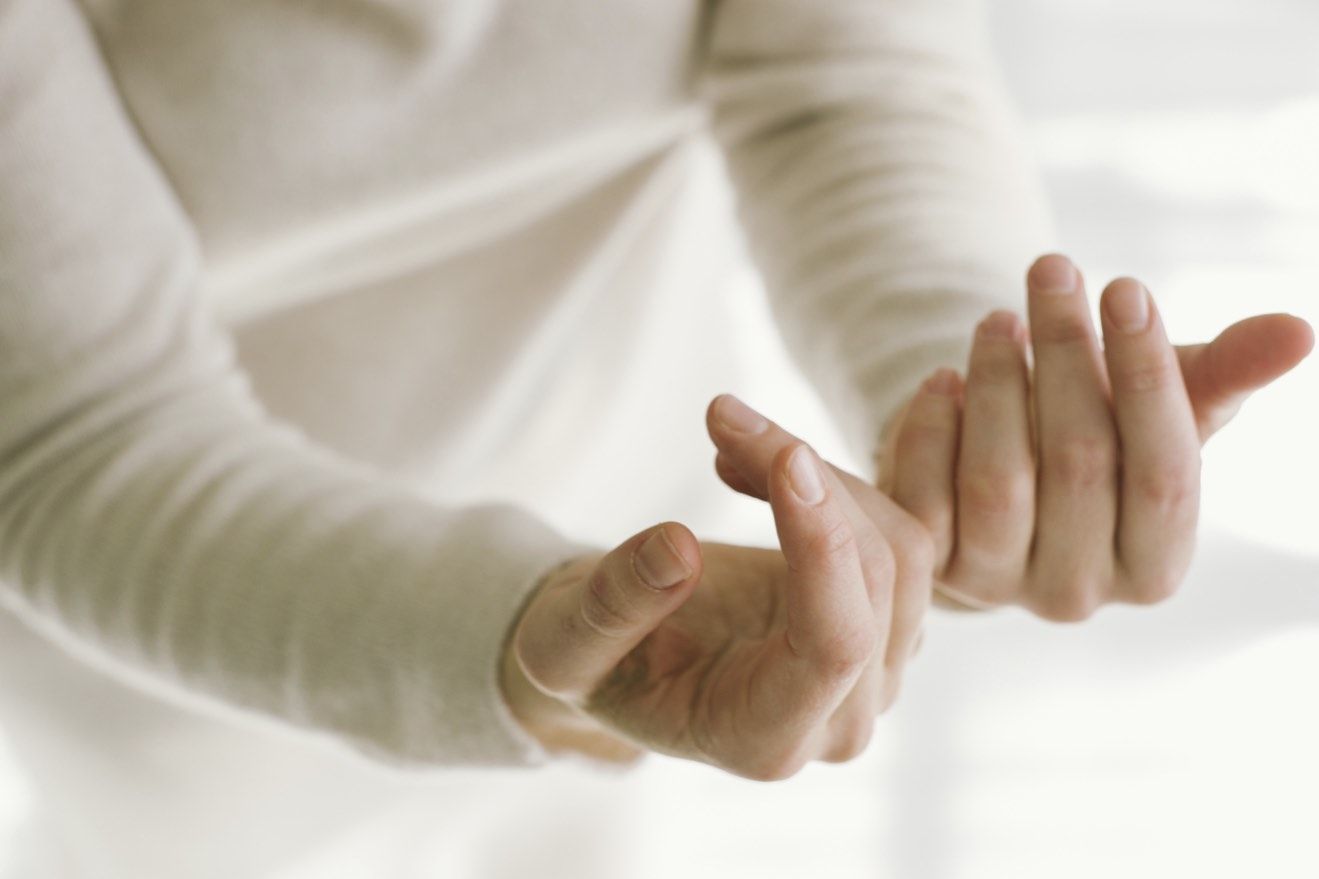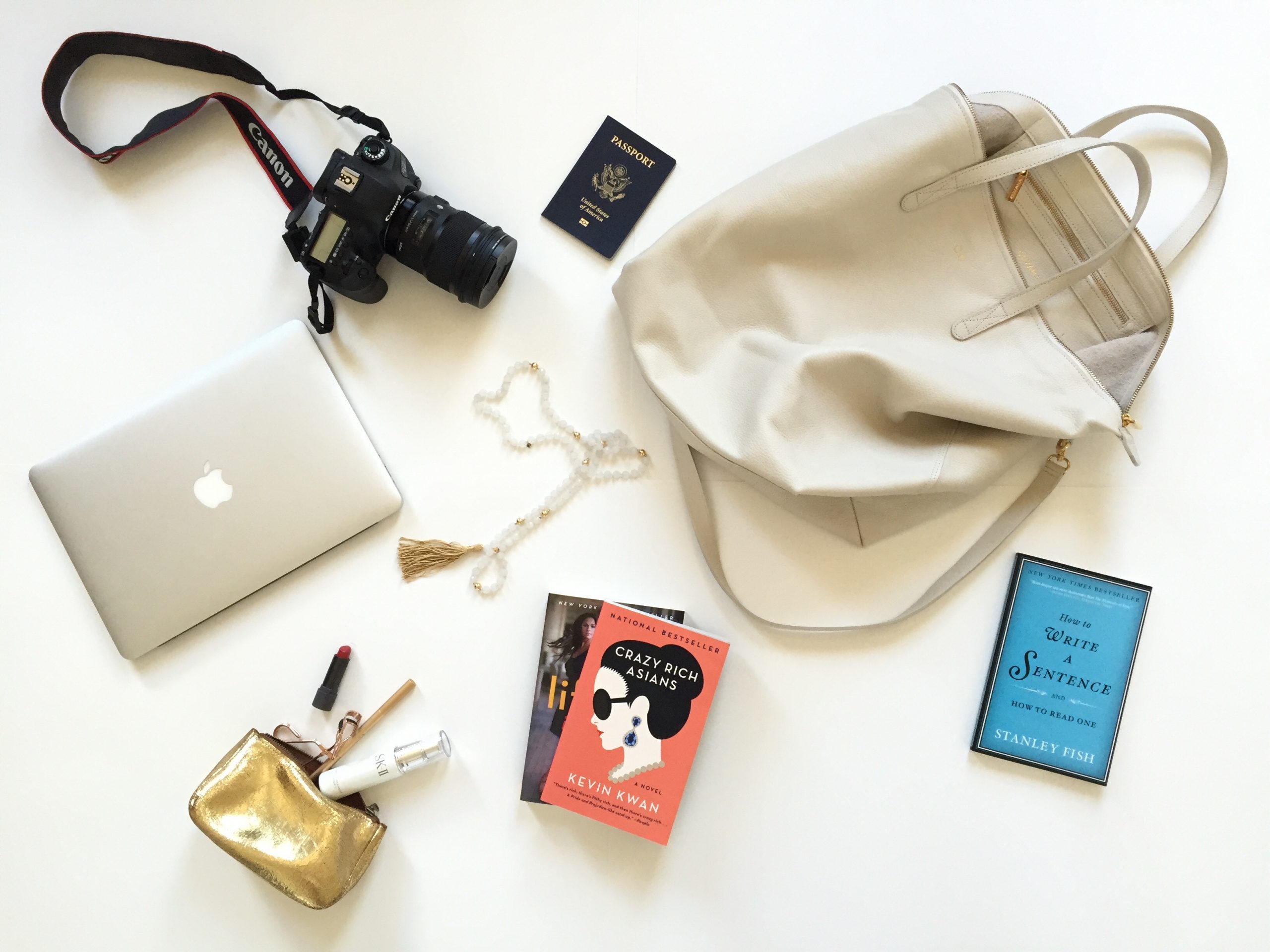It can be challenging to listen to someone openly, without an agenda. Rather than receiving the person we’re listening to, we’re often distracted. Searching for clues, the mind picks up on words that fit into its storyline. Instead of listening, we’re actually drafting our own version of what’s being said.
Sometimes, I admit, I don’t fully listen to Billy when he’s talking. I’m not always present in our conversations because I’m either two steps behind, hung up on a word that has triggered some kind of reaction, or two steps ahead, strategizing my response. Or I stop listening because I think I already know what he’s going to say. I find that I do this with emails, too. Instead of focusing on what’s actually written, my eyes are skimming each line in search of meaning; my mind is eager to draw a conclusion. I’m reading what I want it to say. When I pay attention to my eyes in my yoga practice, I often catch them rummaging for familiar cues. My mind is full of expectation, looking for what it assumes will be there.
The eyes are powerful organs. They are the brain’s top advisors, actively seeking data and gathering information about our external environment. We see the world through our eyes. Rodney Yee often explains that studying the eyes can tell us a lot about what’s going on in the mind.
Our dristhi, or gaze, can clue us into the quality of our attention in any given moment. At the beginning of a yoga class, for example, when we’re still in the process of fully arriving on the mat, our gaze reflects the unfocused nature of the mind. If we pay attention to our eyes in that first Downdog, we might notice our gaze darting all over the room. The door to the studio opens and someone comes in late; our eyes follow them through the space as they look for a spot to lay down their mat. Or maybe the eyes are hard, coated in the tough armor we’ve worn all day to navigate office politics or to avoid engaging with strangers. Sometimes we’re gazing at something specific but the eyes are completely empty – our mind is somewhere else completely. As we come up against obstacles in the body, the eyes might strain to endure the intensity, or perhaps they become ambitious and laser-like as we strive towards ideals in our practice.
When our eye lids open at the end of Savasana, however, the eyes tell a completely different story. The gaze is clear, soft, and all-pervasive. We can see the room but the eyes are very much grounded in our internal world. They have no agenda. Rather than frantically knocking at the doorstep of life, it’s as if the eyes open the door and invite the world in. A palpable shift has occurred. In this state, the eyes encourage the mind to receive the data collected without drawing any immediate conclusions.
In his book, The Mirror of Yoga, Richard Freeman writes that yoga begins with listening. A yoga practice can only begin when we listen to what’s really happening in the moment. If we see what we want to see, our practice will merely perpetuate the unreal. Listening is a receptive action; we must simultaneously focus our attention and yet remain open. To listen is to let our observations fall on us like rain—to let them permeate us without running for cover.
We can better observe the fluctuations of the mind when we are anchored in one place. By focusing our eyes on one point, we can see the juxtaposition of our vrttis against the backdrop of stillness. Keeping the eyes still allows us to take a seat in our experience. From this place we can train the mind to notice what comes up without getting involved.
Just as we can learn from our gaze on the mat, we can also study our eyes in relationship with others. Notice the quality of your eyes when you’re having a conversation with someone. Is the skin around your eyes tense or relaxed? Do the eyeballs feel hard or soft? Where are the eyes positioned in their sockets? Are they pushed forward, or are they nestled comfortably in your skull? Notice what your eyes are doing. Are you able to maintain eye contact, or do you look away? Are you participating with your eyes, or are you checked out, engaged in a private conversation in your own head?
The holidays are full of opportunities to practice listening with your eyes. As you sit down to your Thanksgiving table, faced with deeply engrained family patterns, can you soften your gaze? Can you listen without any agenda? And when you make small talk at your office holiday party, can you keep your eyes focused on the person in front of you instead of scoping out the room, looking for the next conversation?
When we begin by listening, we’re demonstrating a willingness to be with what is. It’s from this place that we can engage honestly and vulnerably with ourselves and others. Practice cultivating Savasana eyes in both your asana and life practice. You’ll be amazed by what you see.






Join the Discussion